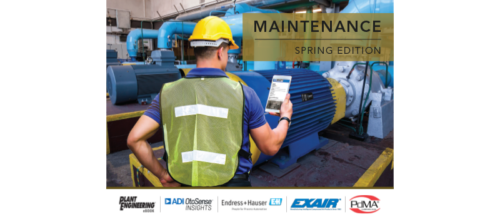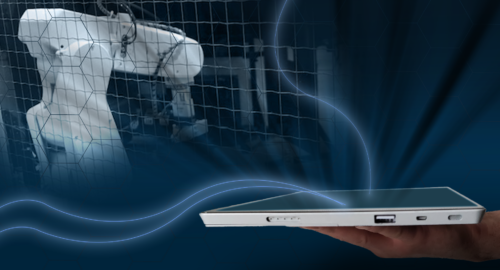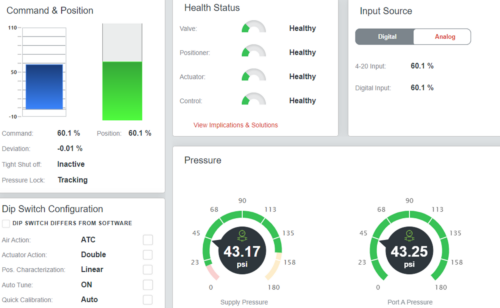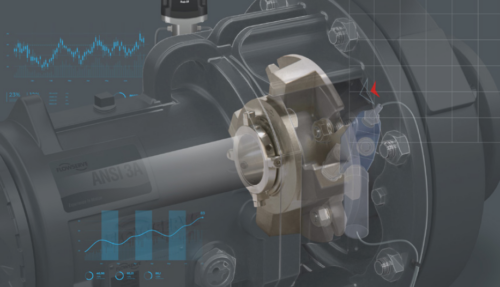To record or not to record: That is the question
Conventional wisdom tells us any activity that falls under the asset maintenance umbrella should be captured in CMMS.
A longstanding debate has resurfaced lately about the merits of preventative maintenance (PM) for non-asset tasks. Conventional wisdom tells us any activity that falls under the asset maintenance umbrella should be captured in CMMS. Maintenance activities aimed at eliminating equipment failures should be PM’d and documented in CMMS.
CMMS distinguishes between PM and unplanned, non-preventative maintenance. For example, one of our lubricant product manufacturing customers keeps a separate PM calendar for scheduling non-asset tasks, including meter readings, and occupational and environmental safety checks for water contamination analysis and prevention, and other municipal safety inspections.
A decent CMMS should provide work orders that have ample classification codes, priorities and other information that helps users get to the heart of the asset’s history. They use that data for predictive maintenance analysis, asset replacement and capital budgets. This supports the creation of separate PM calendars for non-asset tasks.
Any volume of data in your CMMS should not present challenges. The CMMS system should allow you to track any quantity of PMs, non-PM WOs, etc. without degrading performance. Therefore, deciding to include (or not include) PMs should not be based on CMMS performance.
One of our CMMS resellers advises users to record pretty much everything in CMMS so they can access and analyze information, and build reports from one source.
However, some of our customers argue that while CMMS keeps track of all activities performed on an asset, non-asset tasks should be separated out. They group non-asset tasks outside the scope of information they’re capturing in CMMS, including:
- Tasks with costs not assigned to specific assets
- Vendor-owned and operated equipment, such as vending machines and pest control repairs.
Other customers agree that while equipment maintenance tasks need to be scheduled and documented in CMMS, certain inspections don’t warrant CMMS management, such as QA inspections, operator rounds, pest control, and other very basic/generic scheduled tasks.
Another customer told us they have certain equipment that requires zero maintenance. At first he assigned each an asset number, and associated department and "owners" in the CMMS, but didn’t create any PMs so the assets weren’t tracked or inspected. After a while he saw the value of creating PMs to make sure the assets were still working and that they hadn’t "walked off" the facility because of carelessness or dishonesty at the shipping and receiving docks.
Rarely do users hit a plateau where they think, "Do I really need this basic information in my CMMS?" As long as your CMMS has the functionality, you should be using it as a single, central repository for every task that falls under maintenance, whether it’s related to an asset or not, or requires a PM or not. There is a basic truism in data management: any data entered in two or more places will eventually be different. Keeping your data consistent, available, and organized in one CMMS will not only benefit you now, but in the long term, particularly when that task or inspection becomes critical to optimizing your maintenance department.
Do you have experience and expertise with the topics mentioned in this content? You should consider contributing to our CFE Media editorial team and getting the recognition you and your company deserve. Click here to start this process.






